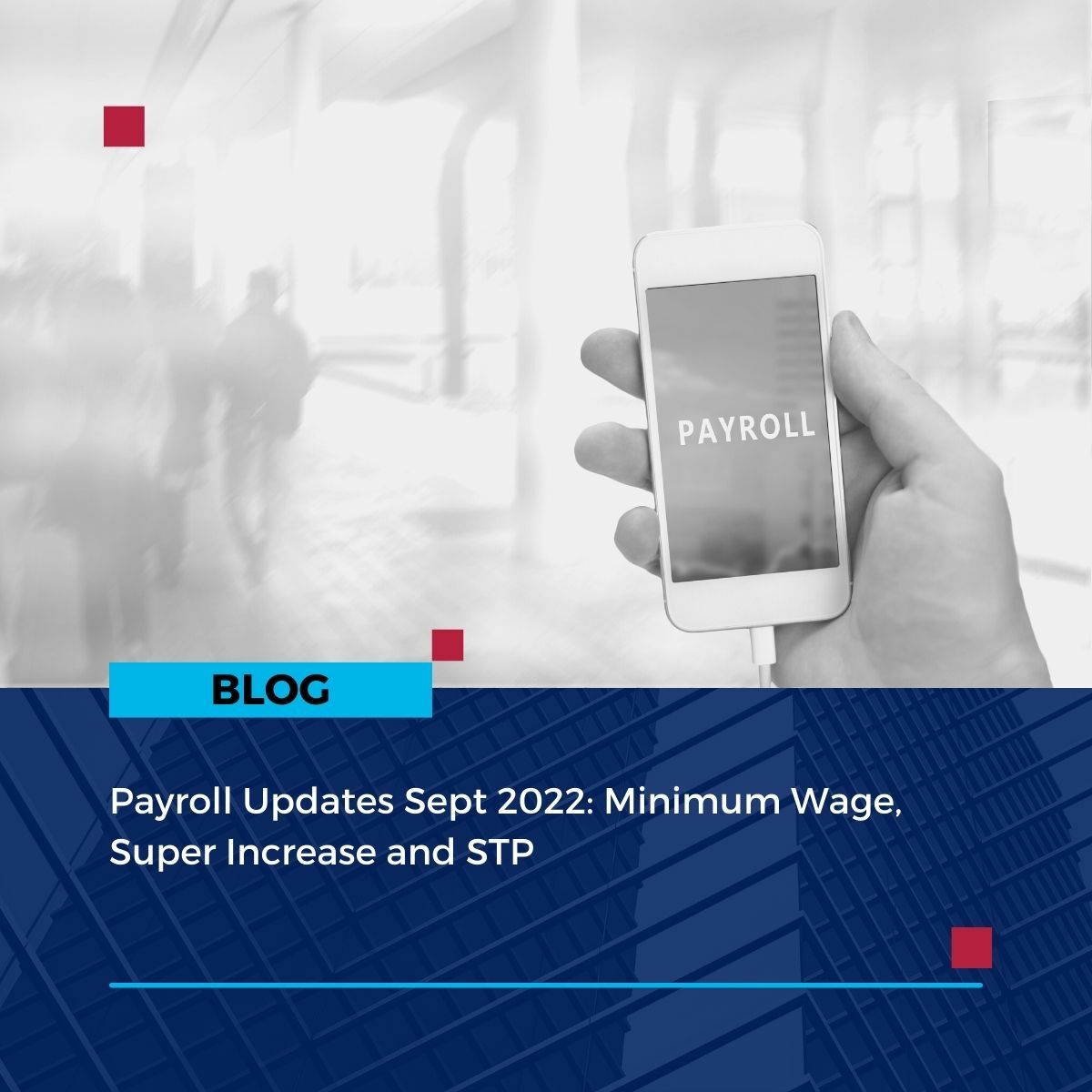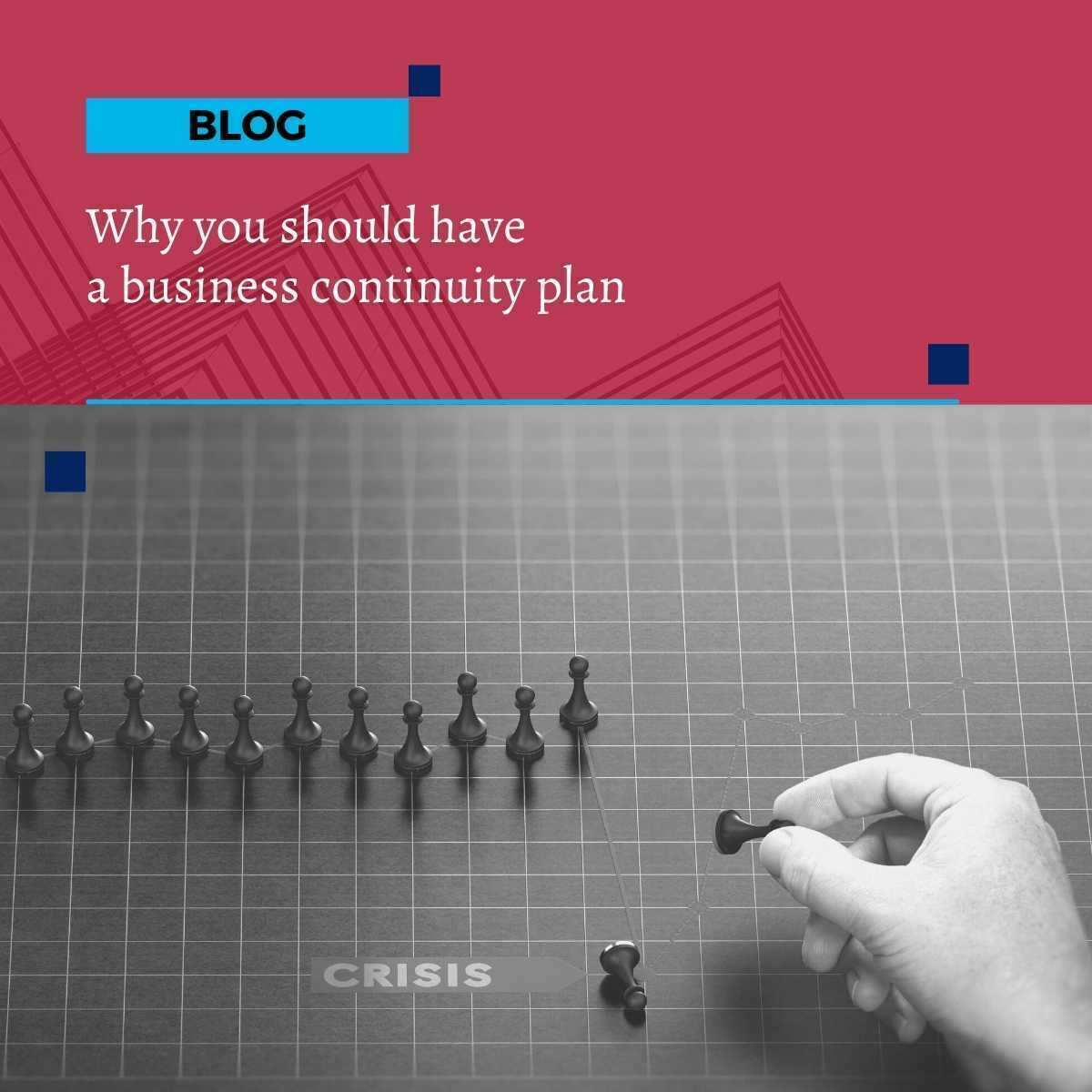
When to Register Your Business for GST
When to Register Your Business for GST
Should you register your business for GST?
Many business owners register their businesses from day one, regardless of income. Others, for example, many sole traders, choose not to register for GST until it is mandatory.
However, it is common that new businesses don’t realise they have exceeded the income threshold at which they must register! This can result in having to pay GST on sales to the ATO even if you haven’t included it in your prices – so you could lose one-eleventh of your income.
When is GST Registration Compulsory?
Your business must register for GST when it makes $75,000 income within a financial year. If you’re regularly making $6,250 or more each month, it’s time to check whether you should register for GST.
It’s good practice to check your turnover every quarter, and when you are getting close to the threshold, check every month. If you’re not yet using online accounting software, talk to us about your options, as this will make reporting and preparing for GST registration much easier.
You must register for GST within 21 days of reaching the threshold.
Special Rules
- You can voluntarily register even if your turnover is less than $75,000. This means you can complete an annual BAS if you prefer.
- If you’re making money through a ride-sharing platform like Uber, you must register for GST immediately. All commercial driving income, regardless of turnover, is subject to GST registration.
- If you want to claim fuel tax credits, you must register.
- If your business is a not for profit, the registration threshold is $150,000 per financial year.
- If you’re not an Australian resident business, the rules for working out GST turnover are different, so talk to us before registering.
Need Help?
When starting a new business, there are many decisions to make, and GST registration is just one of them. Get in contact about the benefits of registering, and we'll help you get set up on appropriate accounting software to help you on your way to business success.








